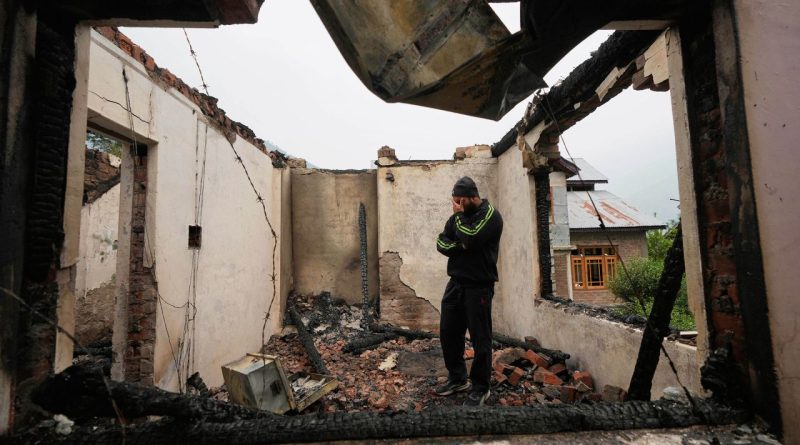War between PAK and India (2025)
As of May 11, 2025, India and Pakistan have agreed to a “full and immediate ceasefire,” effectively halting recent military hostilities that had escalated tensions between the two nuclear- armed neighbors. The agreement was announced by former U.S. President Donald Trump, who credited the breakthrough to overnight talks mediated by the United States. The ceasefire aims to de-escalate the situation and pave the way for broader discussions on various issues at a neutral location.
Escalation Timeline
The recent conflict began on April 22, 2025, when a terrorist attack in Baisaran Valley, near Pahalgam in Indian-administered Jammu and Kashmir, resulted in the deaths of at least 26 tourists. The incident was claimed by the Resistant Front (TRF), which is thought to be a branch of the Lashkar-e-Taiba organization located in Pakistan.
Pakistan’s “terrorist infrastructure” was the focus of India’s May 7 “Operation Sindoor” in retaliation. Nine targets were hit by missiles during the operation, included Bahawalpur in and Muridke, which India says are bases for organizations like Lashkar-e-Taiba and Jaish-e-Mohammed.

Pakistan responded by shooting down 12 Indian drones and launching missile strikes across several Indian cities, including Amritsar. India reported that its S-400 missile defense system successfully intercepted these attacks, marking the first combat use of the system.
The situation further intensified when India suspended the Indus Waters Treaty on April 23, 2025, citing national security concerns. This move significantly reduced the flow of water through the Chenab River into Pakistan, leading to fears of water scarcity and escalating tensions between the two countries.
Ceasefire and Diplomatic Efforts
The ceasefire announcement came after extensive diplomatic efforts, with the United States playing a key role in mediating talks between India and Pakistan. The agreement has been welcomed by the international community, including countries like Saudi Arabia and Turkey, which had actively pushed for peace and dialogue.
Both nations have committed to initiating broader discussions on various issues at a neutral location, signaling a potentially significant step toward lasting peace in the region.
Conclusion

While the immediate threat of conflict has been averted, the underlying issues between India and Pakistan remain unresolved. The ceasefire provides an opportunity for both countries to engage in dialogue and work toward a more stable and peaceful future. However, the complex history and deep-rooted tensions suggest that achieving lasting peace will require sustained diplomatic efforts and mutual trust.

